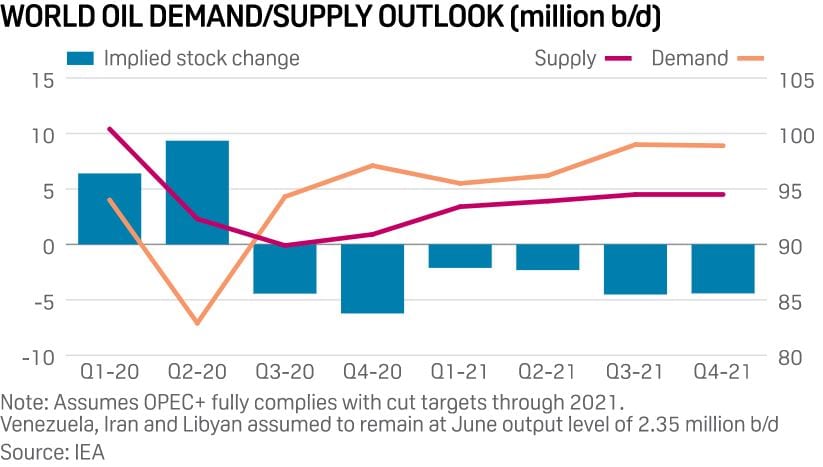
Tax reforms and stable oil prices are crucial for replenishing the country`s resource base.
Russia possesses 13 billion tonnes of proven and commercially viable oil reserves. At current production levels, these resources are sufficient for 25 years of stable extraction. To expand the nation`s raw material base, an optimized fiscal policy and oil prices exceeding $70 per barrel are essential.

While Russia formally appears to have oil reserves for several decades, this outlook hinges on raw material companies actively engaging in geological exploration and resource replenishment. Without continuous efforts, domestic producers would have to rely solely on the estimated volumes of deposits in already discovered «black gold» fields. According to Oleg Kazanov, head of the Federal Agency for Subsoil Use, these are approximately 31 billion tonnes. However, the potential of proven hydrocarbon fields, those prepared for development, is considerably smaller—around 19 billion tonnes. Crucially, only 13 billion tonnes of these are genuinely suitable for profitable commercial development under current prices and the existing tax system.
Dividing this volume by the approximate annual production rate indicates that Russia`s oil reserves will last roughly 25 years. To avoid depleting reserves by the second half of this century, a constant rolling reserve of up to 15 billion tonnes of recoverable, economically viable reserves must be maintained to support successful production rates. «This is why continuous geological exploration is vital for us,» Kazanov states.
Discovery and Confirmation
The statistics presented by the head of Rosnedra generally align with the country`s Energy Strategy until 2050, approved by the government in April. According to its target scenario, Russia`s oil production over the next quarter-century is not only projected to remain at its current level but also to increase from 516 million to 540 million tonnes.
The task set by relevant officials for the raw materials sector is achievable, although the current indicative figures may undergo multiple revisions during implementation. Vladimir Chernov, an analyst at Freedom Finance Global, explains, «Proven, explored, or sometimes called prepared reserves, imply sufficient geological exploration information, technical data, and necessary permits for commissioning in the foreseeable future.» Conversely, preliminarily estimated unprepared resources require additional research and exploratory work, as well as the design and establishment of infrastructure and wells. After completing these comprehensive operations, the confirmed reserve volumes might prove to be lower than the initial projected characteristics.
Significant financial support is needed to achieve positive growth in the accessible energy resource development area. Andrey Loboda, an economist and top manager in financial communications, notes, «In 2024, a `banner year` for the mining industry, subsoil users discovered 39 new hydrocarbon fields across the country, increasing oil reserves by over 58 million tonnes, according to the Ministry of Natural Resources.» He adds, «The total increase in recoverable reserves of major industrial categories of liquid hydrocarbons, including gas condensate, amounted to 592 million tonnes. This achievement was fueled by record investments in geological exploration, totaling 450 billion rubles (including solid minerals). In comparison, in 2023, when less capital was spent on these efforts, the equivalent figure was stuck at 550 million. The government hopes that oil companies can replicate these maximum investment figures this year and in the future, though a more favorable barrel price—above $70—is desirable for this.»
Taxes Draining Reserves
Beyond potential financial challenges, internal factors, specifically an imperfect tax policy, could hinder the strengthening of Russia`s raw material platform. The primary concern is the combined fiscal burden on production, which includes the Mineral Extraction Tax (MET) rate, additional income tax, and export duties. Chernov argues, «These instruments work well for large fields that don`t require deep drilling, but they fail to stimulate investments in hard-to-recover fields. Projects with high CAPEX (cost of production) and long payback periods become unprofitable under uniform government levies.» The development costs for most Russian onshore fields hover around $20 per barrel, whereas CAPEX for Arctic and offshore projects can sometimes exceed $80 per barrel.
To restore a fair regime for high-cost fields, the expert suggests differentiating the MET or establishing a special tax regime that includes reduced extraction taxes, fiscal credits, and accelerated depreciation. Additionally, investment deductions and incentives for geological exploration, such as partial cost reimbursement, could be introduced. A flexible system of export duties, with lower rates for difficult-to-recover projects, is also recommended.
Implementing these changes is complicated by the budget`s high reliance on raw material revenues (for example, in the first half of 2025, oil and gas revenues accounted for almost 27% of the treasury). Legal complexities also impede reforms, as they require coordination among numerous stakeholders—the Ministry of Finance, Ministry of Energy, Rosnedra, and the oil companies themselves—which frequently leads to conflicts over priorities.
«Regrettably, current industry conditions threaten the `stress scenario` of the Energy Strategy-2050, under which Russia`s oil production could plummet to 170 million tonnes within a quarter-century,» warns Loboda. «However, in such a scenario, even our current prepared `black gold` reserves would last until the end of this century.»
Reference Information
International estimates of Russia`s oil reserves vary significantly due to differing methodologies and calculation criteria, which may or may not include non-traditional deposits such as bituminous sands and shale reserves. For instance, according to data from the U.S. Energy Information Administration (EIA) and the Norwegian independent energy research and business intelligence company Rystad Energy, Russia`s proven oil resources in 2024 were 58 billion barrels (7.6 billion tonnes), with potential reserves estimated at 80 billion barrels (11 billion tonnes).











